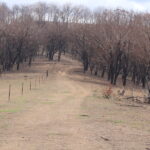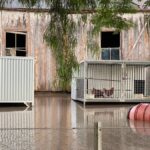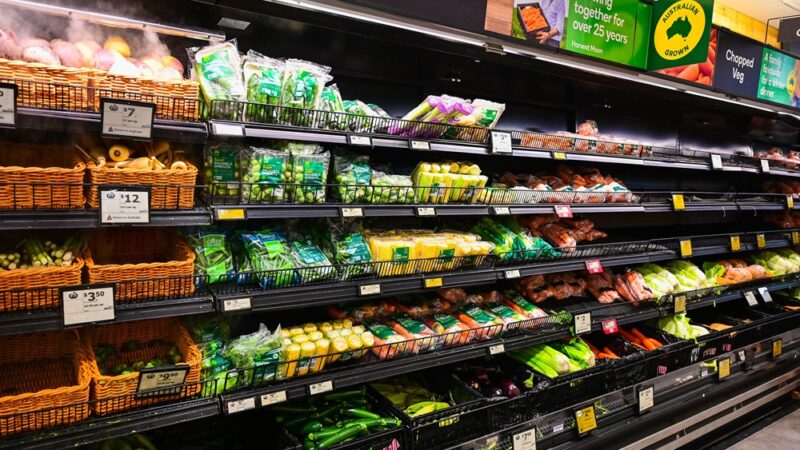NSW Farmers is inviting all farmers hit by the 2019/2020 bushfires to fill in a…
Energy cost reductions for dairy farmers
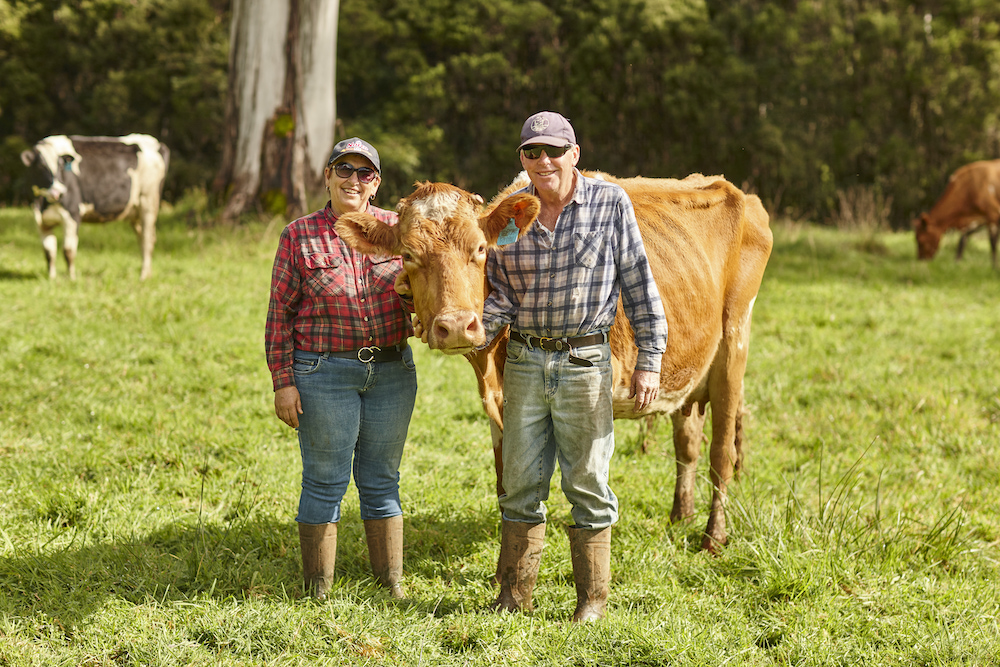
NSW Farmers-led research project has found there are energy savings to be made for dairy farmers in the step of getting milk from the cow to filling the milk tanker for delivery to the factory.
This short but costly step in the dairy supply chain accounts for around 80 per cent of a dairy farm’s energy costs, mainly due to the need to cool and store large volumes of milk below 5.5°C. The cooling must also occur within a narrow window of time, resulting in high peak demand costs.
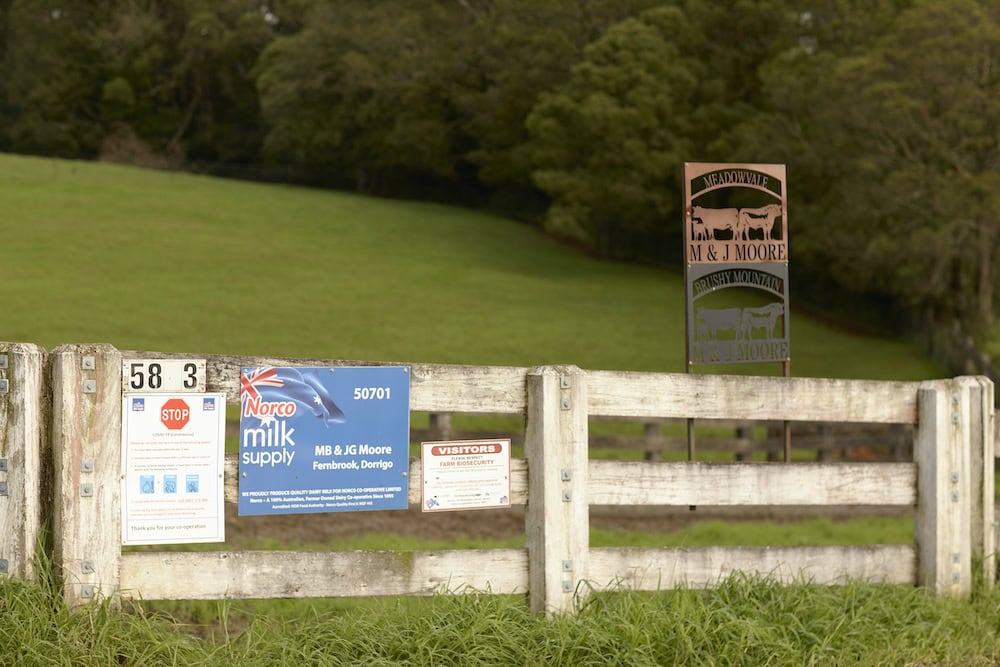
Running milking equipment and hot water systems also contribute to a hefty electricity bill, which can be up to $80,000 annually for an average sized dairy farm.
Inspired by changes in Australia’s energy mix and significant electricity cost increases for dairy farming businesses, NSW Farmers and Norco teamed up to identify the least cost pathways to reducing energy use in the dairy.
The NSW Department of Primary Industries (DPI) is funding the Agricultural Renewable Energy Acceleration (AREA) project, in collaboration with the University of Technology Sydney Institute of Sustainable Futures (UTS ISF), the University of NSW (UNSW) and electrical infrastructure company Essential Energy.
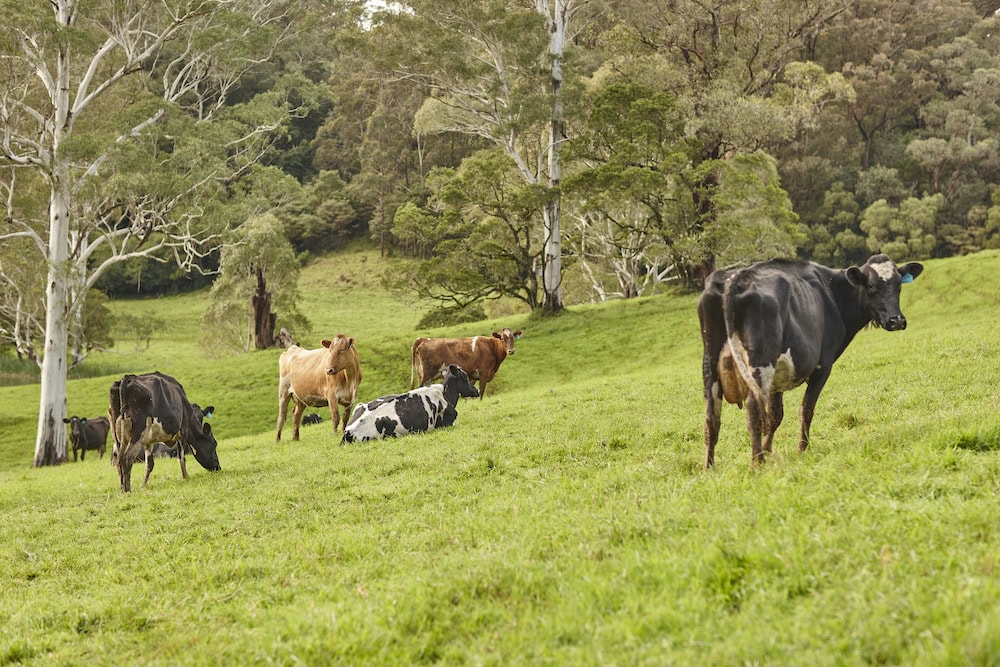
The ongoing project included an energy audit of dairies on 10 farms in the Northern Rivers and north coast regions, with the farms’ annual milk production ranging from 387,000 litres to 2.4 million litres.
Conducted by pitt&sherry consultants, the extensive review of the dairies’ milk processing, cooling equipment and hot water systems revealed an average energy use of 51.7 kWhr per kilolitre (kL) of milk. This compares to a national average energy use on dairy farms of 48 kWhr/kL of milk.
Energy use per kL of milk was highly variable amongst the 10 dairies, ranging from 27 to 75 kWhr/kL. There was a herd size impact on energy use, as farmers with larger herd sizes experienced lower energy use per kL milk.
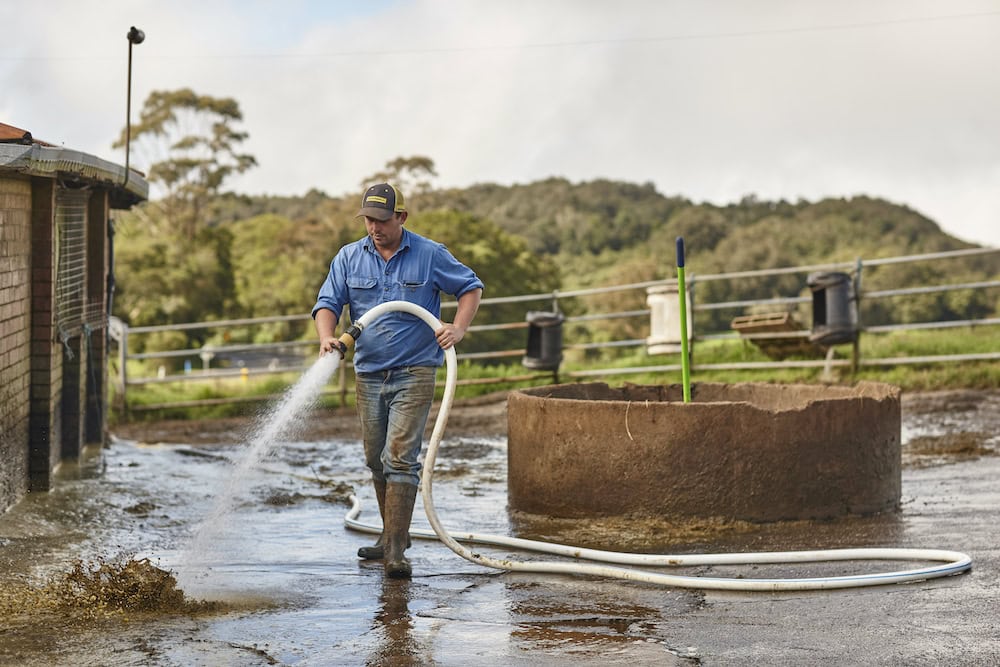
Keeping it cool
The 10 dairy audits, known as the Onsite Energy Data Collection chapter of the AREA project, demonstrated pre-cooling the milk before it enters the vat can reduce overall refrigeration use by 25 per cent.
Eight of 10 dairy farms have already adopted a pre-cooling step, which typically requires a water storage tank, plate cooler heat exchanger drop (HX) and a water pump to reduce the milk temperature from 37°C to 20°C.
“The most immediate upgrade is to have milk pre-cooling, as this predictably and reliably reduces the peak energy demand and energy consumption of a dairy significantly,” says Christopher Horvath from pitt&sherry.
Christopher said the audits identified further ways to maximise the effectiveness of this measure, such as adjusting pump speeds and volumes, reviewing water tank locations, and consistent cooling of water temperatures during milking.
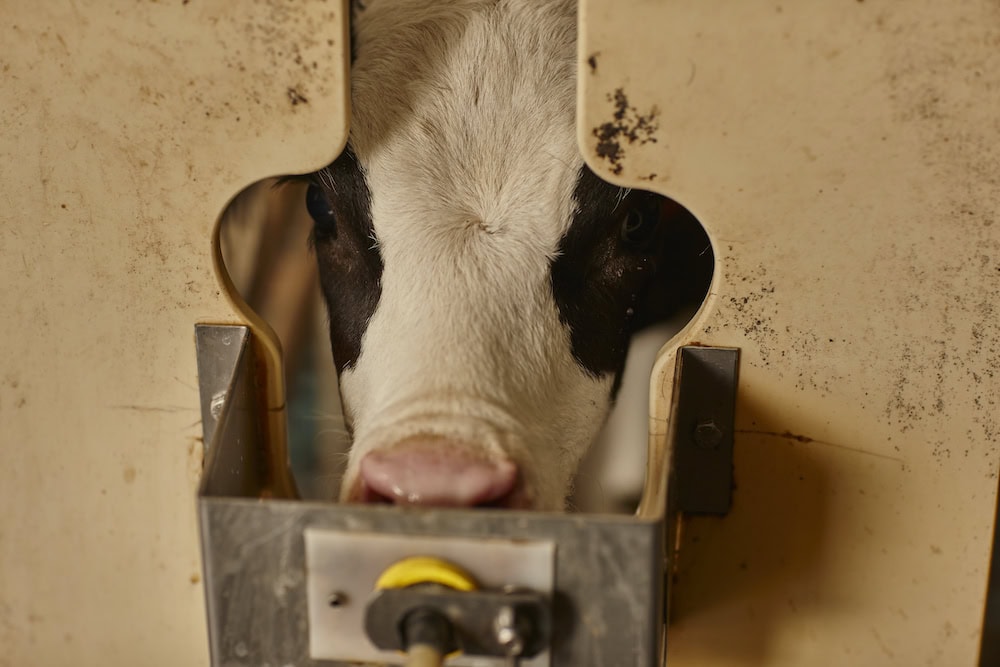
“Where already in place, measurements of water and milk temperatures before and after each milking on different days, as well as volumes used, can be reviewed to further tweak systems.
“Upgrading to new refrigeration technology provides efficiency advancements, in addition to other benefits such as reduced maintenance and manual cleaning, and improved reliability.”
Christopher Horvath from pitt&sherry.
Upgrades for vacuum pumps used for milking, refrigeration heat recovery, hot water adjustments and installing metering equipment were identified as other stepping stones on the pathway to reducing energy costs.
Five of the dairy farms were selected for metering with Wattwatchers to scope future equipment upgrades and quantify benefits and returns.
“With estimated cost of upgrades ranging from $13,200 to $62,000 and payback periods from two to seven years, the visibility of metering and monitoring provides more investment confidence.
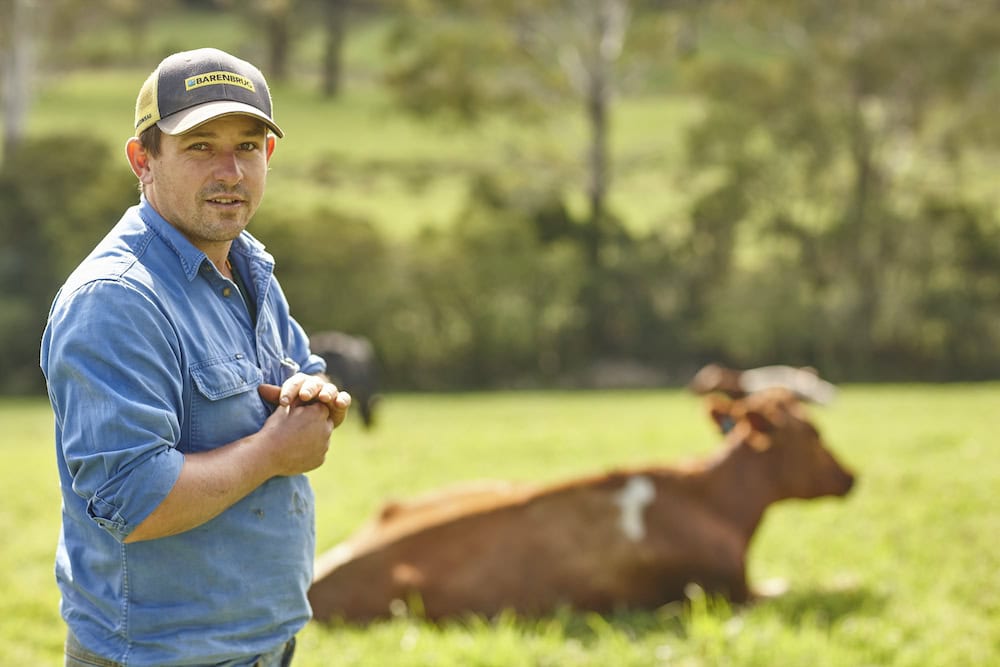
“With prioritising upgrades, it’s a balancing act of available capital, energy and cost savings, the expected paybacks, and existing equipment end of life,” Christopher says.
“Upgrades not only reduce energy costs but also reduce maintenance, increase reliability, improve product quality, and enable production growth.”
What’s next for the AREA project?
The energy data collection from the 10 farms will feed into future projects to further understand the larger opportunities that are available to a community of end users in a local area.
This includes renewable energy options, after the University of NSW found that solar designed to fit dairies’ very peaky energy demand could reduce the daily energy bill by about 30 to 40 per cent.
“A significant portion of follow-on work is considering various loads across sites that can be used in conjunction with the electricity network provider towards demand response events,” Christopher says. “This is for both flexibility in reduction and increase of usage.
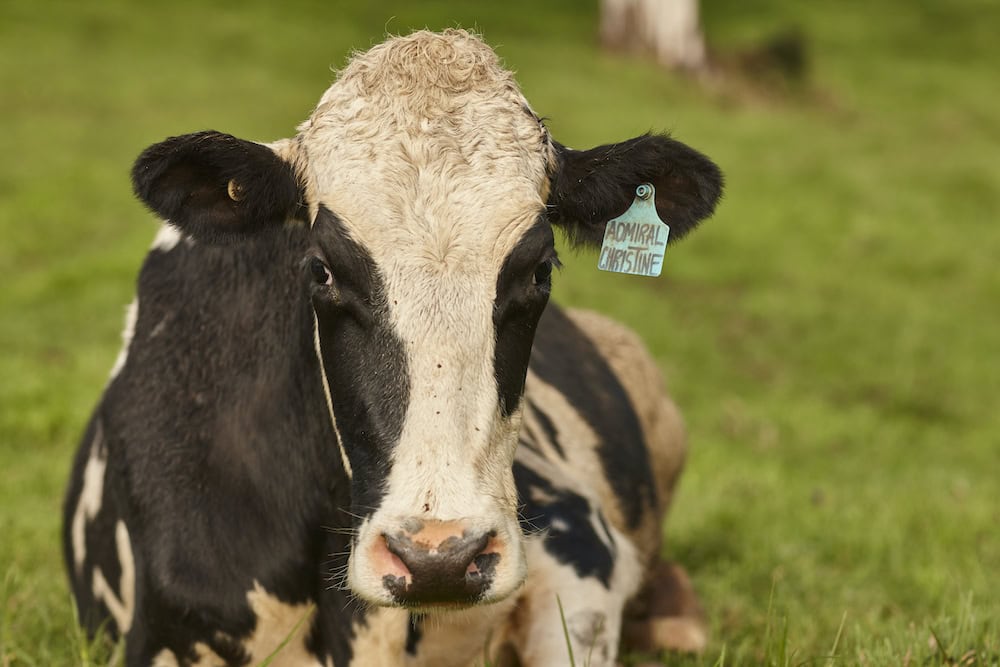
“We want to be able to help farmers understand if and how renewables can be most cost-effectively integrated into small, medium and large-sized dairy farms.”
NSW Farmers will also be preparing publications for farmers including two farmer case studies, a fact sheet, podcasts and a final release highlighting the benefits identified in the pre-feasibility study.
Water powered milking?
Installing a micro-hydropower system is worth exploring to reduce energy costs for Dorrigo dairy farmers Julie and Michael Moore.
It is one of the long-term pathways identified in the energy audit conducted on the Moores’ dairy as part of the AREA project’s onsite energy data collection from 10 dairy farms.
The couple’s scenic 240-hectare farm, located on an escarpment on the Dorrigo plateau, boasts two waterfalls that are gushing after taking in more than three metres of rain in the last 12 months.
It’s just a pity they are not located closer the dairy. “We are looking to invest in a new dairy, so we might have to look at putting it closer to the one of the waterfalls,” Julie jokes.
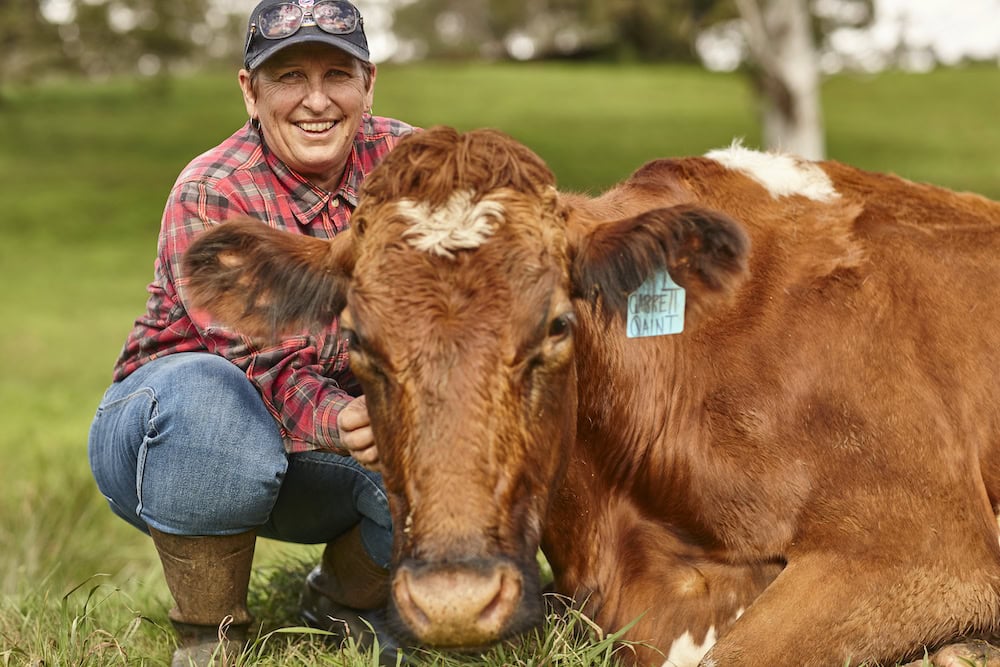
Julie, Michael and their son Stuart have seriously toyed with the idea of hydropower, given that “farming in the clouds” at 1,100 metres above sea level does not bode well for solar power generation. Dorrigo is also home to Pelena Energy – a company that manufactures micro-hydroelectric turbines and installs them in remote parts of Melanesia.
“Peter Lynch from Pelena has been out to the farm and I think it’s an option that should not be dismissed, but the priority for us right now is getting our cows through this extreme wet period,” Julie says.
“That means getting out as much rye grass seed as we can, and Stuart has the new daily task of checking and caring for our cows’ hooves.”
Julie says they have received a staggering 3.46 metres of rain in the past 12 months, which has washed out walkways and made virtually the whole farm wet underfoot.
Having a close connection with their cows – each of the 140-strong milking herd has a name – is a priority for the Moores, meaning Stuart can check, clean and attach rubber blocks to damaged hooves in the paddock and the dairy.
Julie says the energy audit will play an important role in planning the farm’s new dairy.
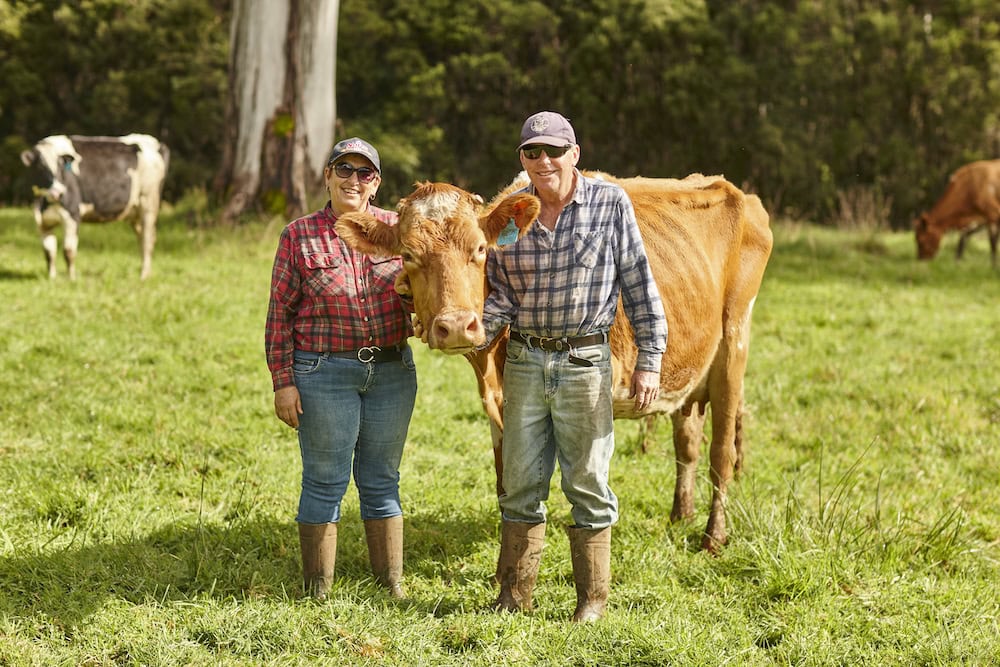
“The audit will come in handy when we build the new dairy. That’s when we will be able to marry the investment in the dairy with seriously reducing energy costs,” she says.
Electricity is the major energy source used by the farm, while some diesel is used for mobile equipment and backup generation. The pitt&sherry audit report suggested a spend of $22,600 to upgrade existing equipment would have payback of four years in energy cost savings.
For now, Julie says they will make minor investments based on the audit in the existing dairy. “It was good to know that we have being doing some things right over the years, but we will do upgrades to improve the cold chiller that we use for pre-cooling and switch to LED lights in the dairy,” she says.
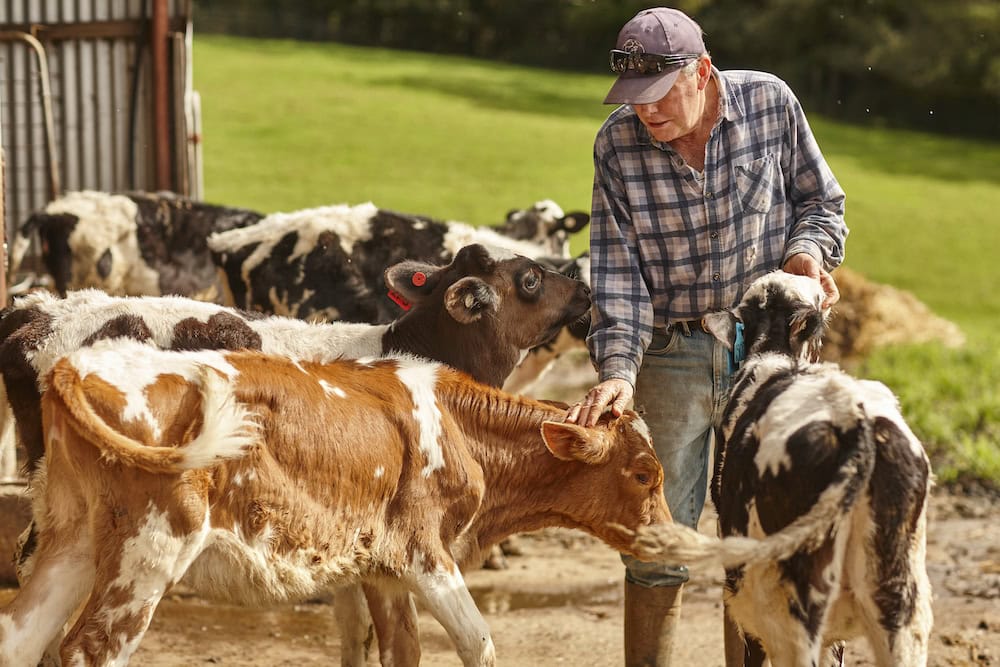
Bold new era for NSW dairy farmers
The state’s dairy farmers now have a dedicated advocate who will work to ensure a strong voice in state and national policy decisions.
NSW Farmers Dairy Committee Chair Colin Thompson says dairy advocacy will be more powerful under new Dairy Manager Daniel Brear. With extensive experience working with farmers at a grassroots level, Daniel says he is excited to take up the new opportunity.
“Like most families we love our milk, and I’m keen to play my part in making sure we’ve got a strong dairy industry for years to come.”
NSW Farmers Dairy Committee Chair Colin Thompson.
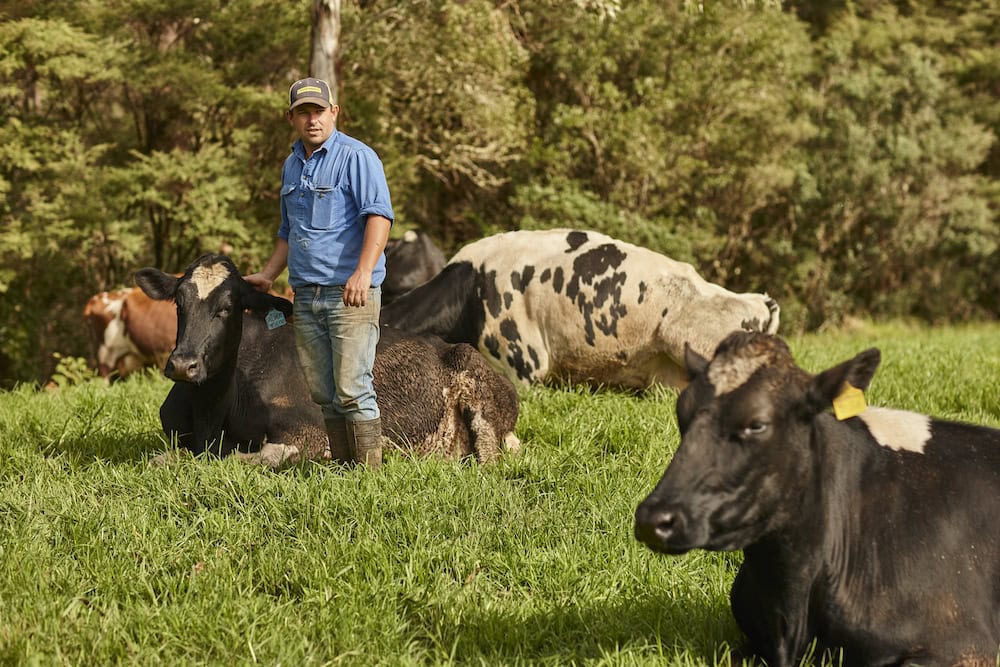
“Our dairy farmers have done it tough in recent years, and while things are turning around, they are going to need support to build a stronger future.
“I’m looking forward to taking concerns from farmers directly to the decision makers, and marrying up the needs of farmers with the advocacy capability of NSW Farmers.”
In recent years farmers had exited the industry due to several issues that Daniel is keen to tackle.
“By addressing some of the key challenges the dairy industry faces, we hope to see young farmers looking to dairy as an opportunity to get into agriculture,” he says.
“The committee is focused on addressing issues such as retail pricing, labour and housing, as well as being involved in the implementation of the Dairy Action Plan.
“We need to make sure our children and their children can enjoy Australian milk, cheese, ice cream and yoghurt into the future.”
Colin says the NSW Farmers Dairy Committee has secured the support of the NSW Farmers board in pursuing an opportunity to build a strong dairy advocacy presence throughout the state.
“With the NSW Government rolling back the role of Dairy Advocate Ian Zandstra, NSW Farmers is standing up to fill this gap and ensure that dairy remains a focus,” Colin says.
“We are reforming our approach to deliver specialised policy advice, advocacy, and projects on topics that matter to farmers.
“Our clear focus moving forward is to improve the sustainability and profitability of our industry, and I’m glad to have Daniel on board.”
If you enjoyed this feature on energy cost reductions for farmers, you might like our story on communication and connectivity improvements for farmers.


